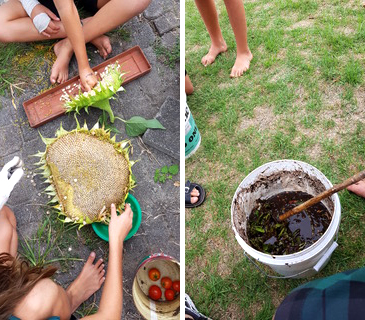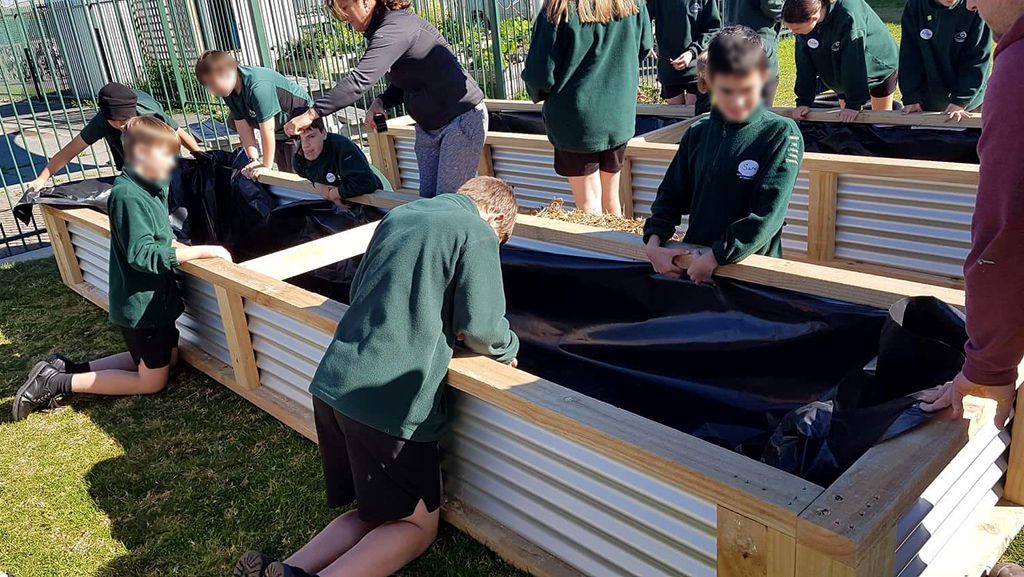Here’s the story of our Seedling Market and how our community came together to help…
Our four member schools had been planning a combined seedling market to be held just after the school holidays. We wanted to share our produce, and even more importantly our ideas, with our local community, and show them what we’d been learning and growing. We invited our neighbour school, St Thomas More, to have a stall too.
We had all been growing different plants from seed for a few weeks and Whaea Heidi from PiPS had organised for us to hold the sale at Arataki Park on Saturday. She did a lot of work to arrange it all, and other stalls like a coffee cart, bike repair stall, sausage sizzle and live music too.
But then a few things happened. Whaea Clare had to take some time off work for family reasons and there was a drought over the holidays. The result of these combined factors was that for most of our schools, our carefully nurtured seedlings died over the school holidays.
After all the work Heidi did organising and publicising the market she wasn’t going to give in! She put the word out and all sorts of people and organisations including the Mt College horticulture class and Good Neighbour came to the rescue, donating plants and produce to replace what we’d lost. In the end the market was able to go ahead, and despite some very cold and showery ‘spring’ weather it was a real success. In some ways it was even more of a success than if our plants hadn’t died because the generosity and help we got from others helped to form some great relationships.
Thank you to everyone who donated time or produce to help make it such a success against the odds, to the kids who helped out with selling, to Mrs Robertson and Mrs Taylor for all their mahi, and of course a very big pakipaki to Heidi and Clare.
PS: We were so busy selling and chatting that we forgot to take many photos! So you will just have to trust us that it was a great morning :)



















































